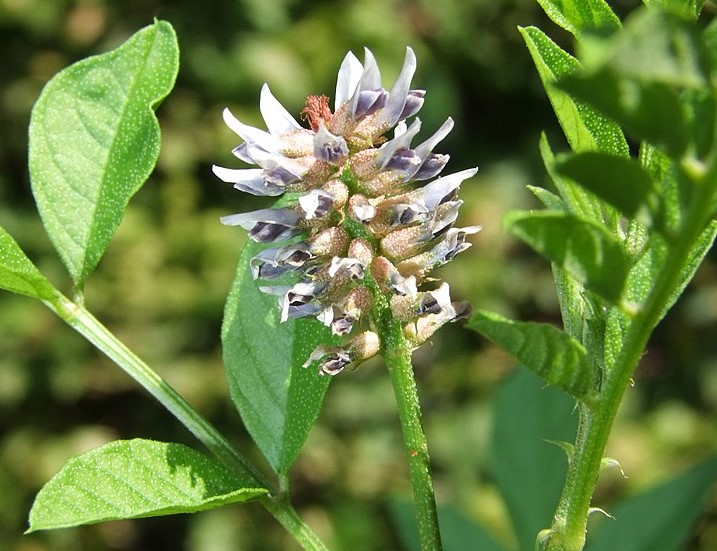Camomile (Anthemis nobilis) is a perennial herb in the Daisy family. It has an erect stem with a flattened head of many small yellow discs and white-ray flowers. Chamomile is an herbal product made from dried flowers that is utilized in aromatherapy or to flavor teas and has established medicinal properties.
The plants are branched and one to two feet tall. They are grown for the drug camomile, which is effective in medicine. It is effective as a topical medication or an inhalant for mouth and respiratory tract irritations. Using chamomile during pregnancy may be unsafe, and it may cause contact dermatitis when applied topically.
Anyone who has not tasted homemade camomile tea has had their education neglected and missed a real childhood experience. That in itself is a sufficient reason for including this plant in a book of this type. The plants are too bitter to be used as salad plants.
Several different species are mistakenly called chamomile. However, only Anthemis nobilis is listed as the true plant. There are no varieties. Temperate regions have soil and climatic requirements and grow best on well-manured soil that supplies abundant organic matter and moisture. The soil should be limited, but not too sandy.
A low perennial plant found in Europe, North America, and South America. It grows in dry fields and gardens. It blooms mainly in June and July, and its fragrance is sweet, crisp, fruity, and herbaceous. In spite of its morphology, properties, and chemical composition, the plant is distinct from German chamomile (Matricaria chamomilla).
Culturally, camomile seeds are sown thinly in rows 2 feet apart in August. Seedlings should be thinned at least a foot apart and kept free from weeds. In the first year, the seedlings will make a small rosette of leaves; in the second year, they will send up a seed stalk.
As far as insects and diseases, these are not very serious, as the foliage is too bitter to attract most insects. The Japanese beetle may cause some trouble, but it is repelled by lime dust. Diseases are mainly those that live on the stem and for which there is very restricted control except to change the location of the plants.
There are many common names for it, including Roman chamomile, English chamomile, garden chamomile, ground apple, low chamomile, mother’s daisy, and whig plant. The plant was first cultivated in England in the 16th century. In the pharmacopeia of Würtenberg, the plant is listed first as a carminative, painkiller, diuretic, and digestive aid.
Read More: Mint or Mentha is Strong Flavoring Herb







